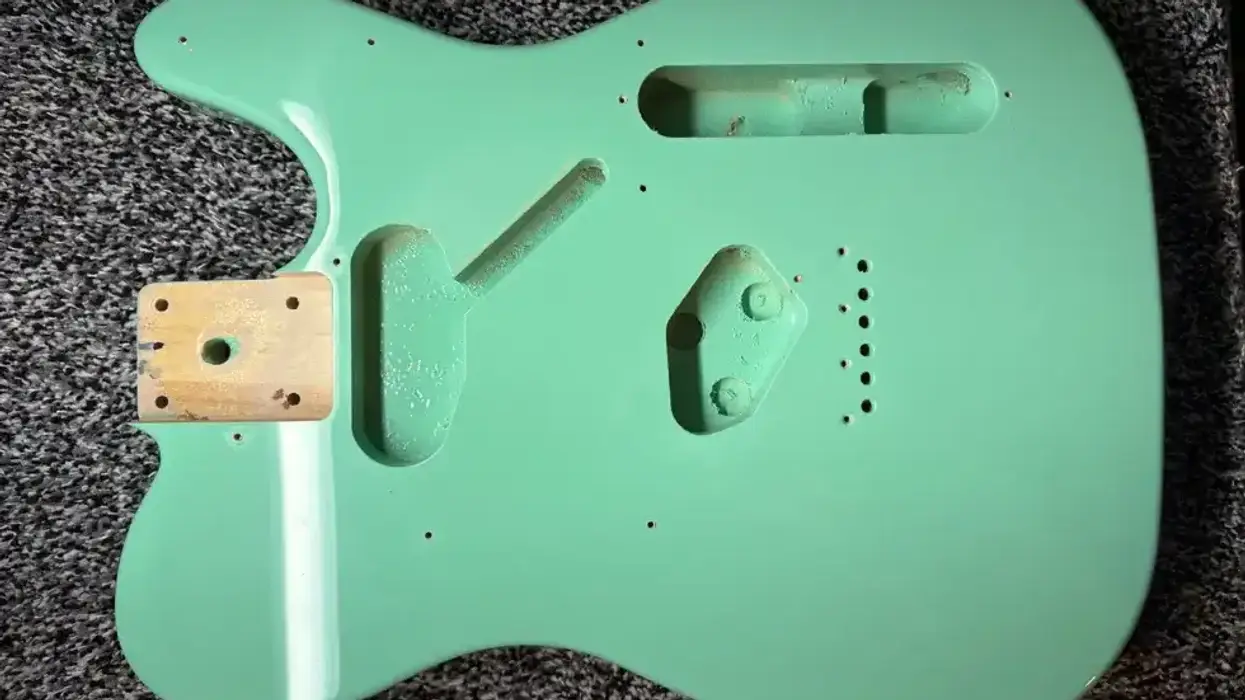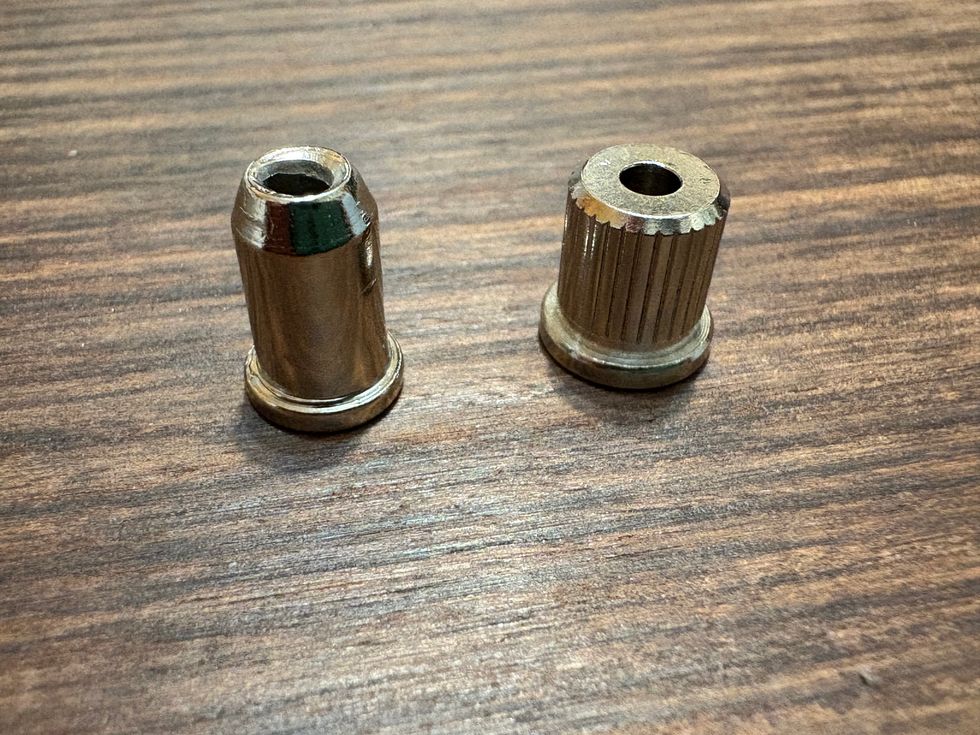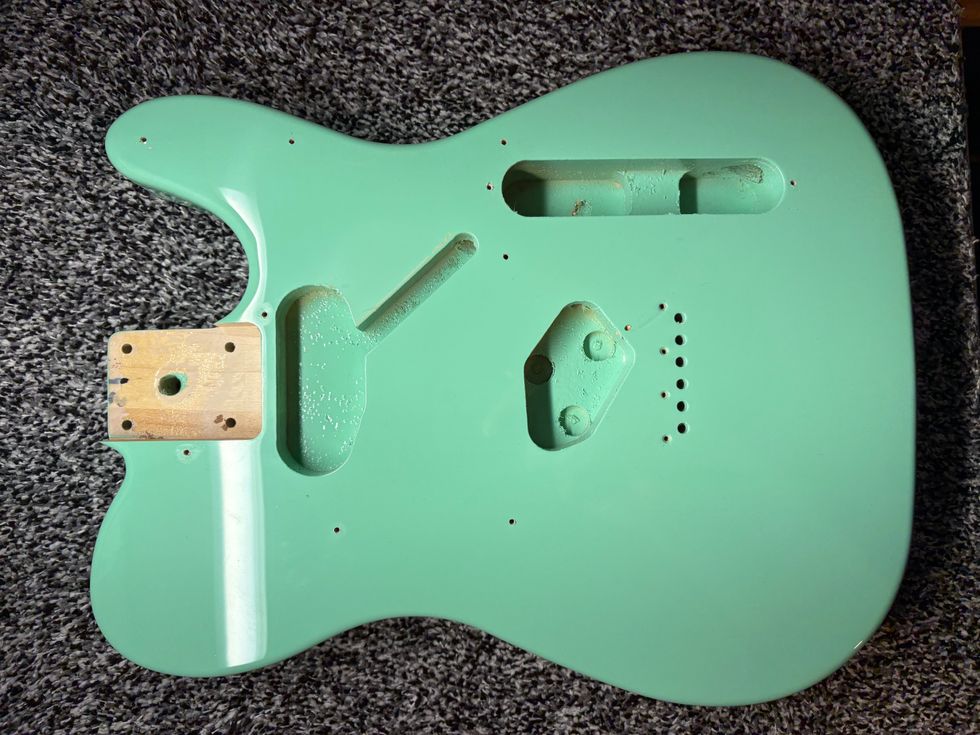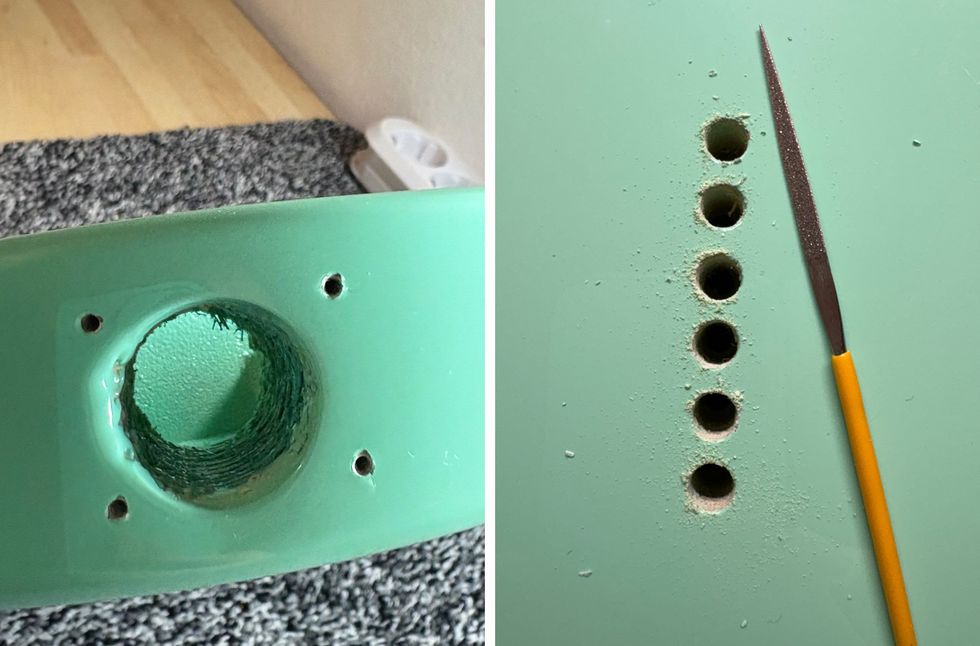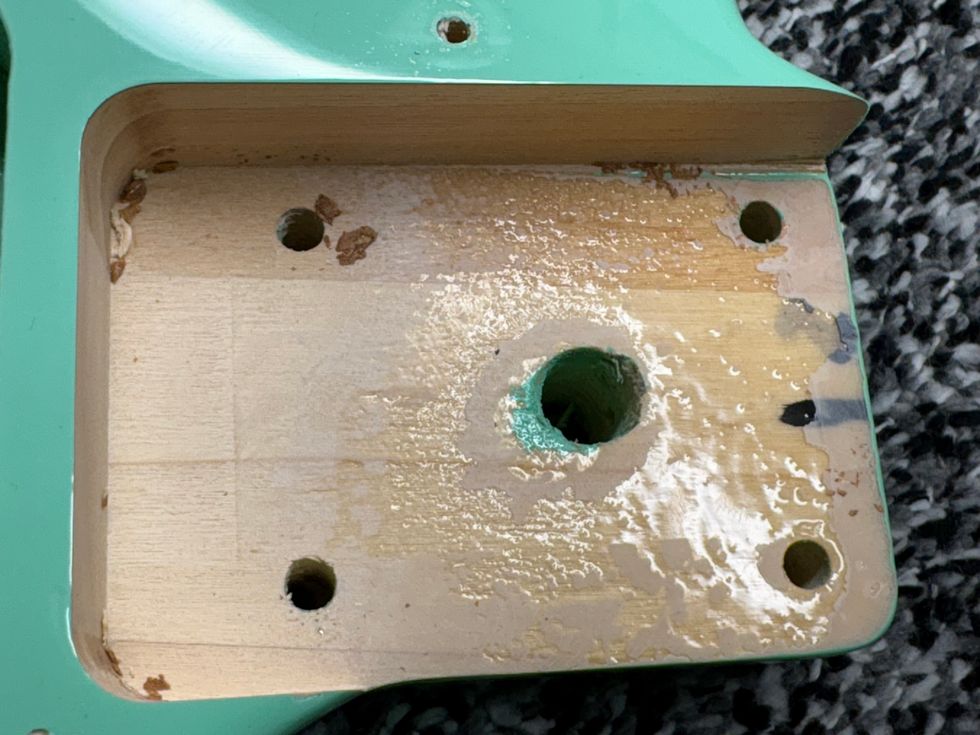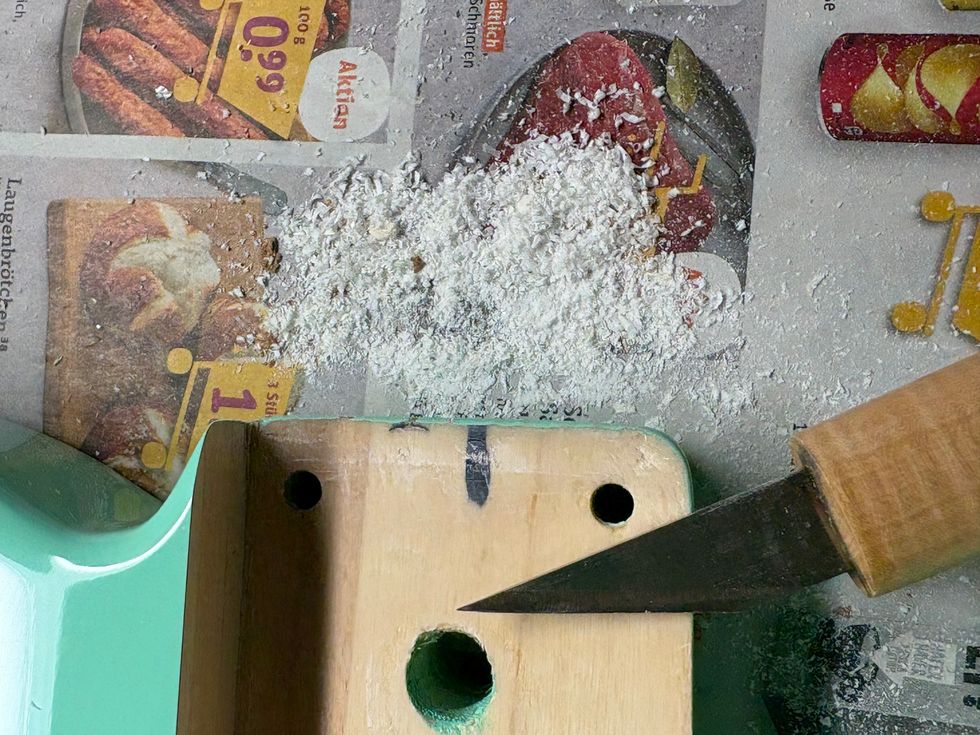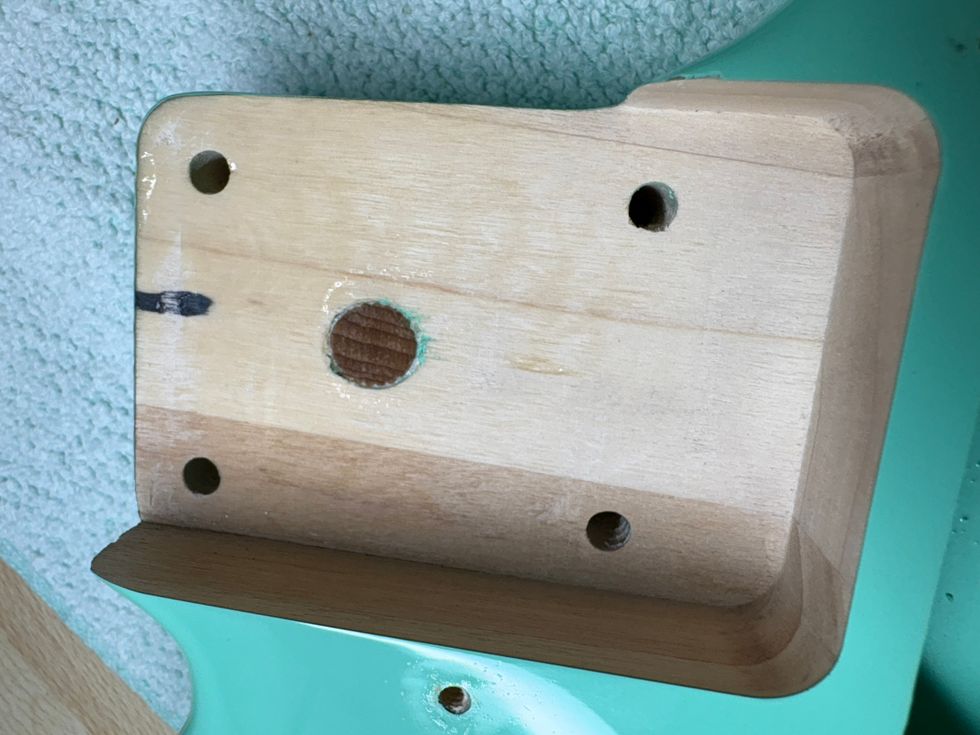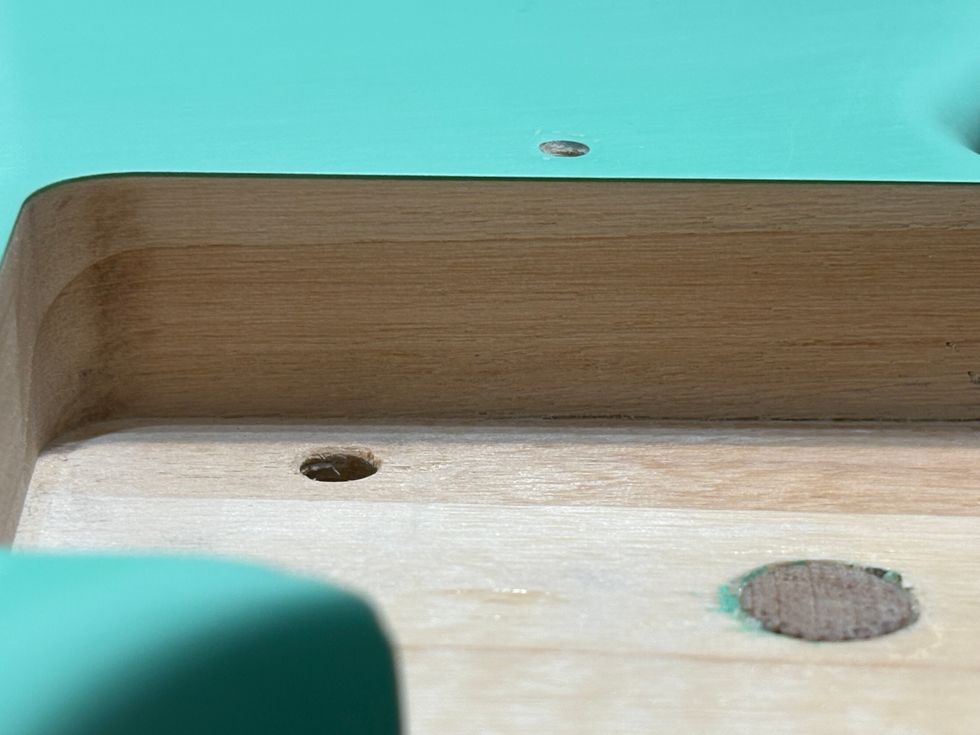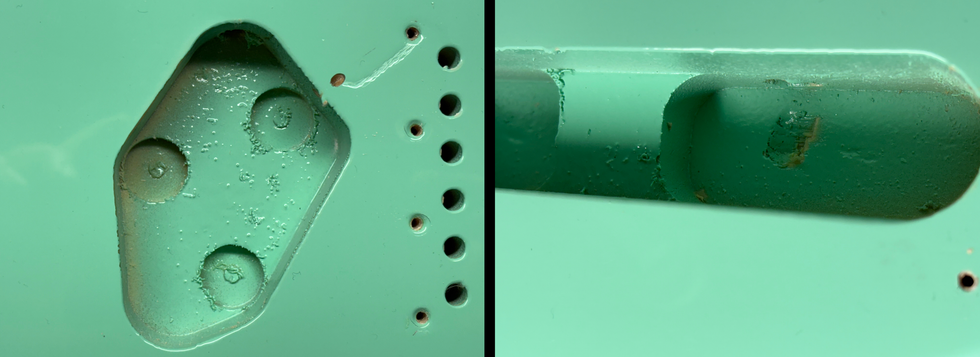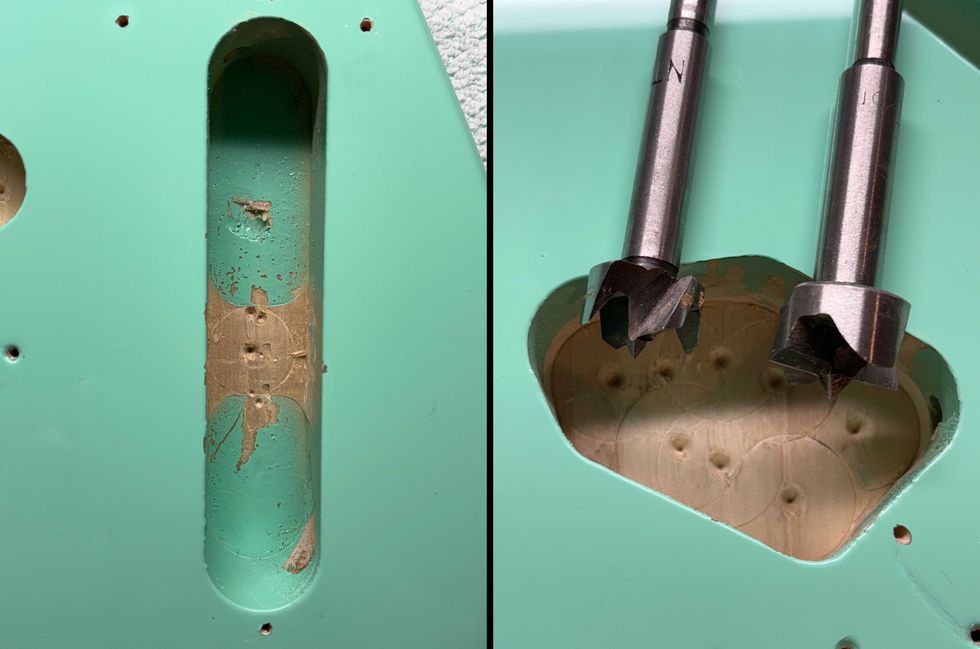  |
| Hey Jeff, I have a huge problem with my ‘68 Bassman head and I’m praying you can shed some light on it. It blows fuses instantly after I take it off standby. I’m using the right fuse. I isolated the transformer by disconnecting the red leads and it didn’t blow, so it’s not that. I also checked every diode (I’m using 1N4007, is that right?), all the caps, all the tubes and nothing has helped. What’s going on here? I’m desparate! - Sam |
Hi Desperate Sam,
Nice initial troubleshooting you’ve done there. You’re obviously knowledgeable in the ways of tube amps, so let’s sum up what you’ve already done and what’s been missed. Note: The following troubleshooting tips are based around the power supply circuitry of a tube amplifier. This area contains lethal voltages and the following procedures should only be performed by an experienced repair technician specializing in tube amplifiers.
Since you mention that the fuse blows when you take the amp off standby, we can assume that the problem is somewhere in the high voltage area, since placing the amp in “play” mode energizes the high voltage. You mentioned using 1N4007 diodes and they’re fine. You also said that you checked the caps. Unless you have a capacitor tester that can place the caps under actual high-voltage conditions, they could still be suspect as they can break down when the high-voltage is applied. The only true test would be to individually lift each capacitor from the circuit, one at a time. In this particular amp, the first two caps in the power supply have high-voltage applied to them as soon as the power switch is turned on, so you can rule those out.
You mention checking the tubes, which is great, but again, unless you have a dynamic tester that applies real-world voltages and loads, it may not be a real representation of the tubes’ condition. Chances are that if they test okay, they don’t have a dead short, but the best check is to pull them out and see if the fuse still blows.
If you’ve pulled the tubes, lifted the caps and the amp is still blowing fuses, we need to look at other possible causes. The most probable would be an output transformer with a short to ground. This could be a primary winding shorted to ground, or possibly shorted to the secondary windings which are virtually at ground potential. It could even be one of the primary leads shorted to the case. The easiest way to assess whether the output transformer is shorted would be to disconnect the center tap from the high voltage.
To do this, locate the red lead of the primary. The primary leads are the blue, red and brown set. Disconnect the red lead from its connection on the circuit board and turn the amp on. If you can then take the amp off standby and the fuse doesn’t blow, you’ve more than likely found the cause of the problem – a shorted output transformer.
If at that point the Bassman is still blowing fuses, the next probable cause would be a shorted choke. The choke is a small transformer-looking device with two black leads. Disconnect the two choke leads from the circuit; one should be connected directly to the standby switch and the other connected to the circuit board. Using a digital multimeter, measure the resistance from each lead to the chassis; there should be no resistance or continuity of any kind, or what’s known as a completely open circuit. If there is continuity, the choke has a short to the case and needs to be replaced. Barring some sort of bizarre wiring short, that should get your Bassman up and running and you should no longer be known as Desperate Sam.
| Jeff, I recently purchased a Marshall Major and it’s missing the AC power cup on the back of the chassis. It’s the part where it looks like a round hole with three prongs. I actually need the whole setup – power cup, male and female. Can you suggest where I may find this? Thanks, Randy |
Hey Randy,
Nice amp, if you can keep power tubes in it! I actually owned one in the ‘80s and the only output tubes that the amp wouldn’t fry were GE 6550s. At the time, no KT88, or even KT90, would hold up. Hopefully things have improved since then. There is, however, one other problem that you may encounter after you get it up and running: where to play it! But hey, let me do my part to help you rock the dBs.
The parts you are looking for are manufactured by a company called Bulgin. They are generally referred to as a Bulgin plug and Bulgin receptacle and are available from numerous amp parts suppliers – try my friend Steve at angela.com.
Now you can take down a few walls!
Jeff Bober
Co-Founder and Senior Design Engineer – Budda Amplification
jeffb@budda.com
www.budda.com
©2007 Jeff Bober


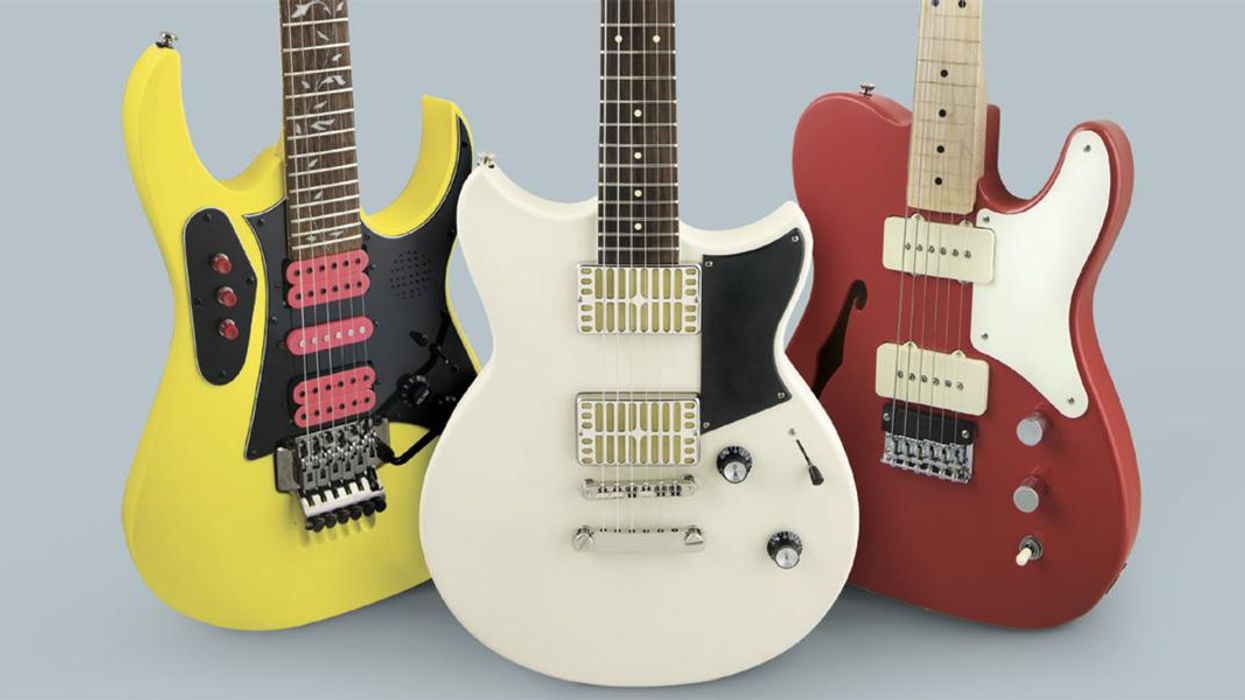
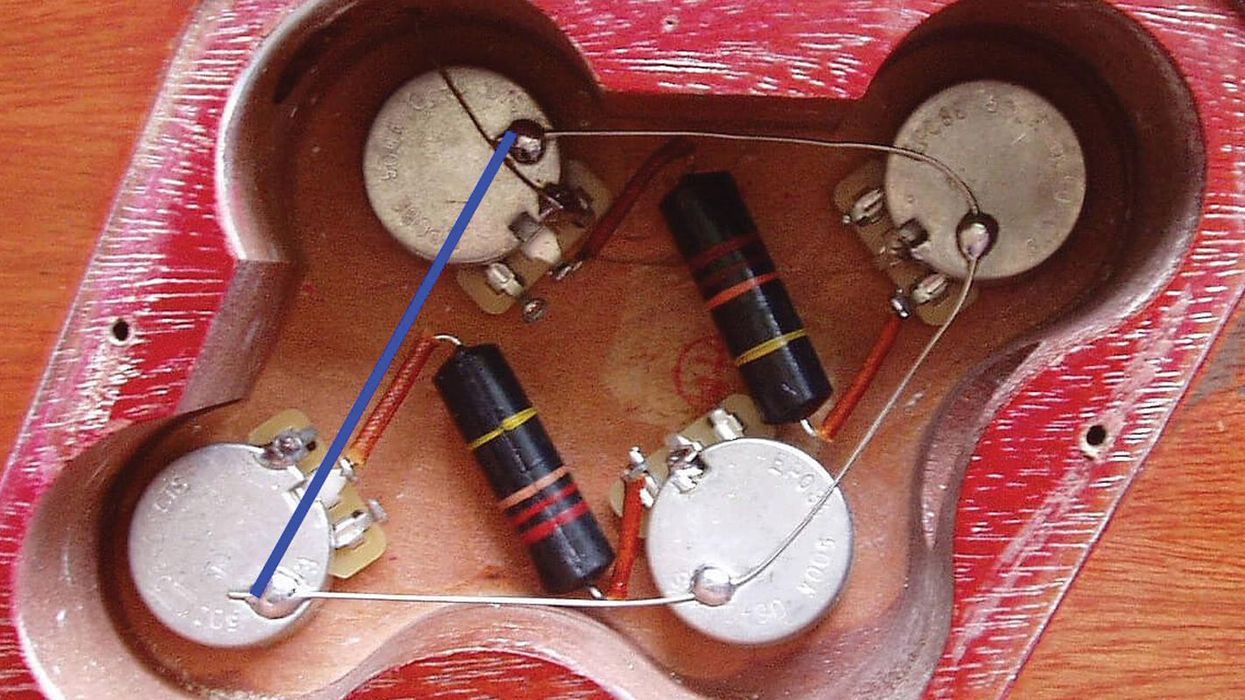
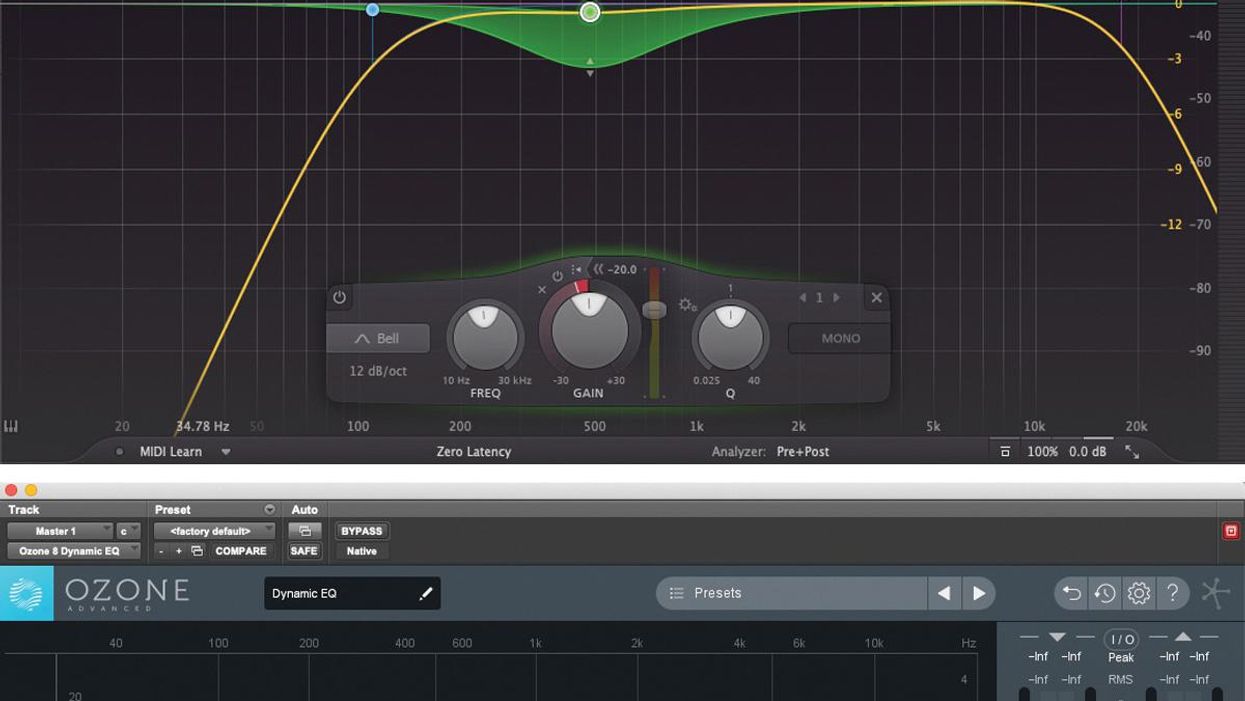

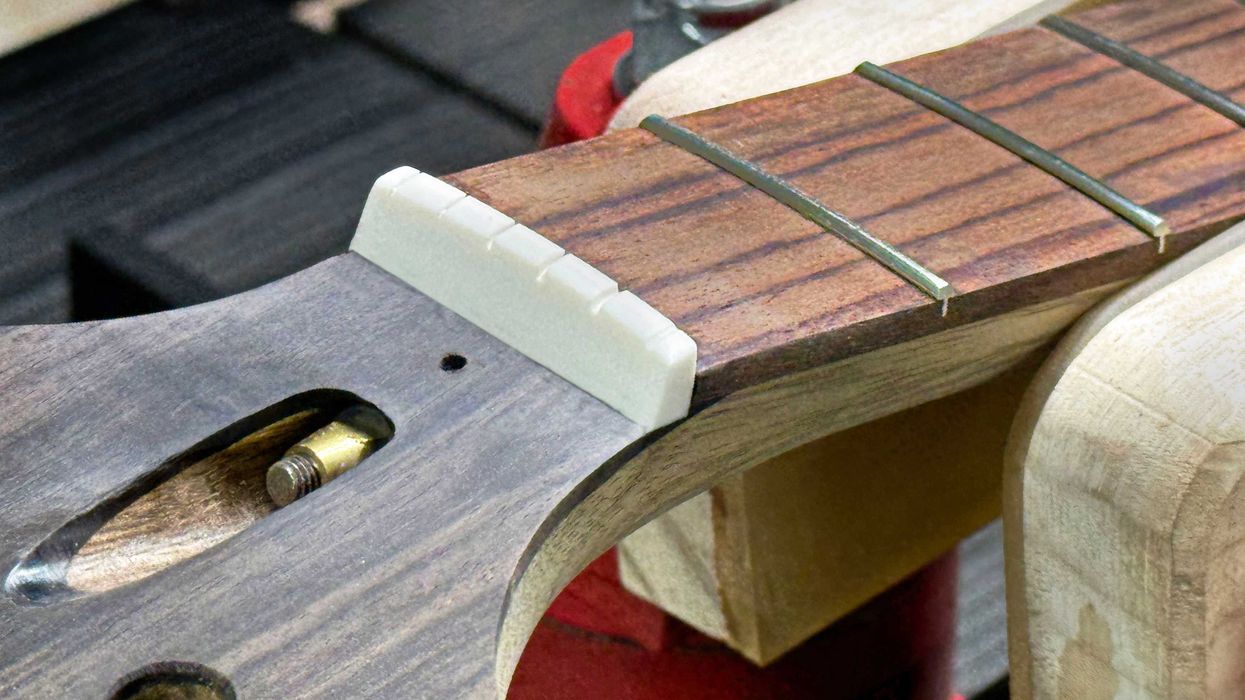


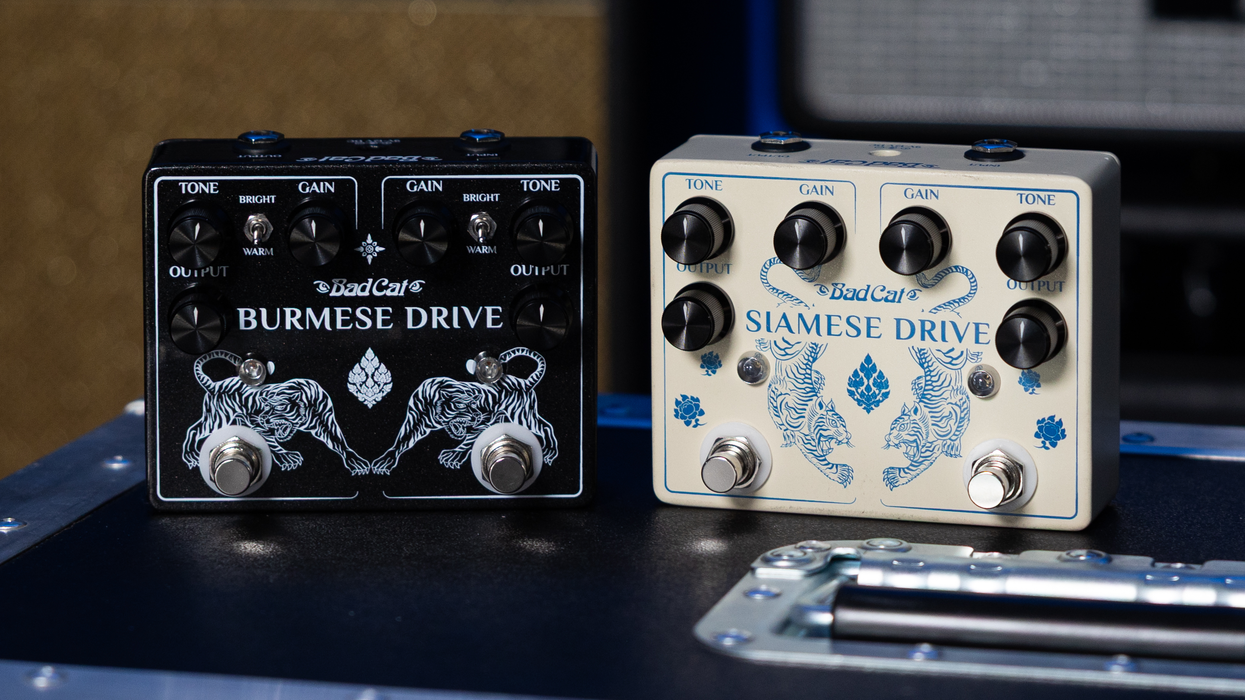
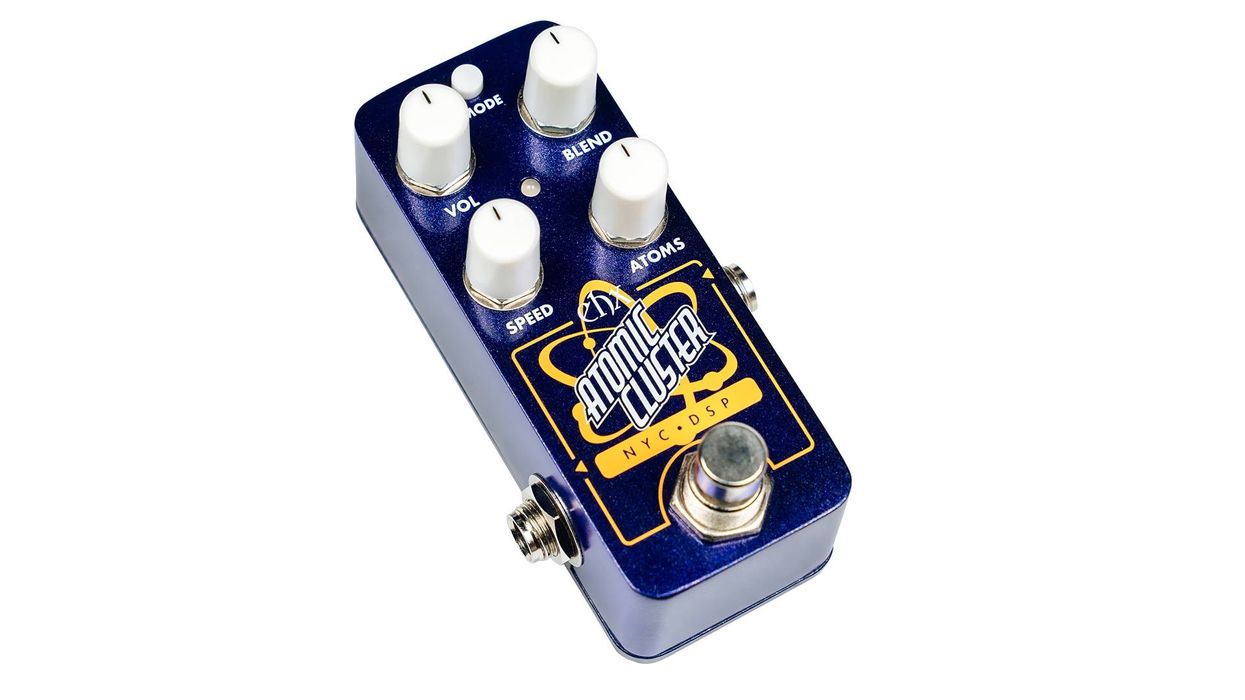


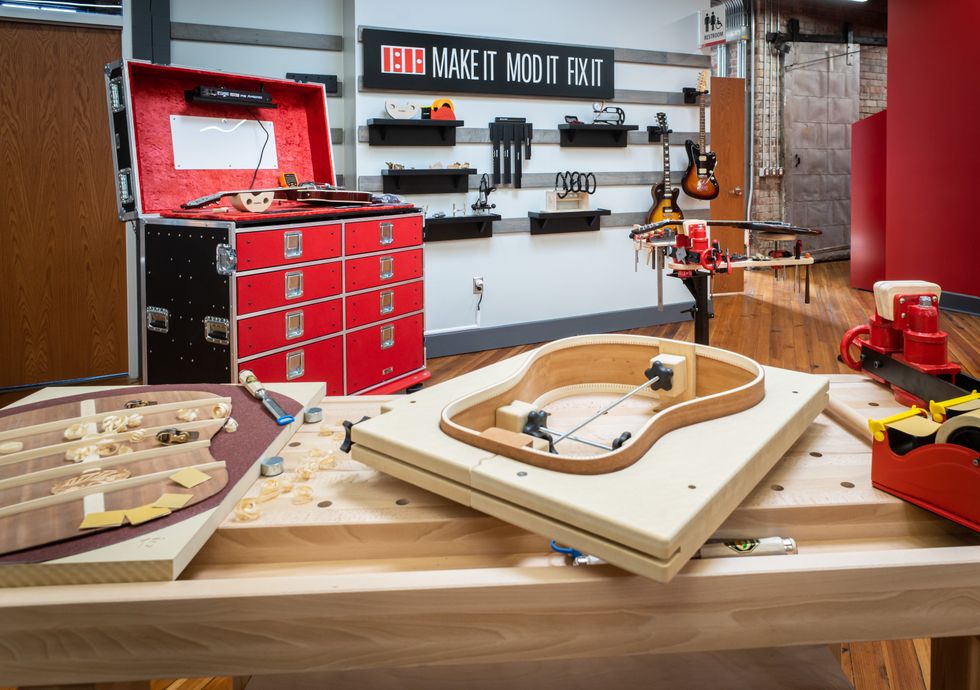

 The Allparts team at their Houston warehouse, with Dean Herman in the front row, second from right.
Photo by Enrique Rodriguez
The Allparts team at their Houston warehouse, with Dean Herman in the front row, second from right.
Photo by Enrique Rodriguez

